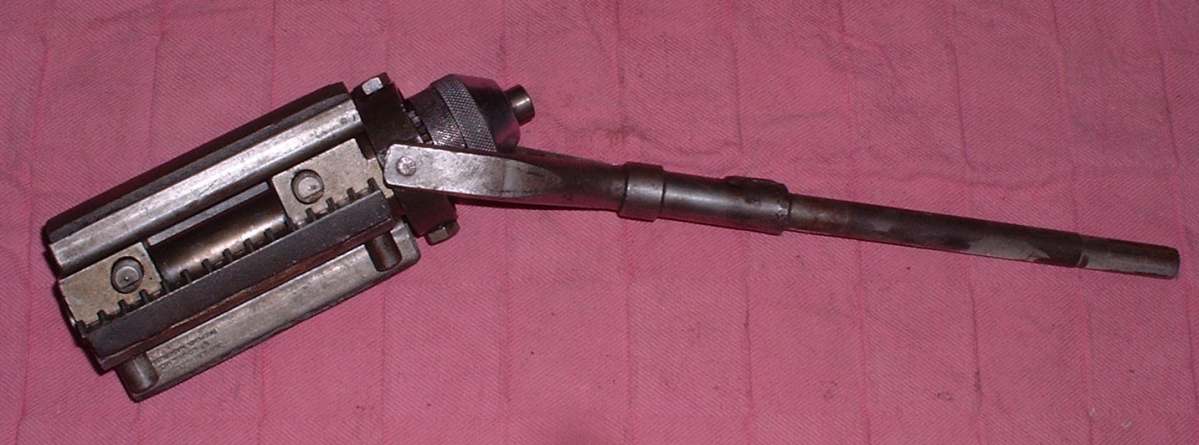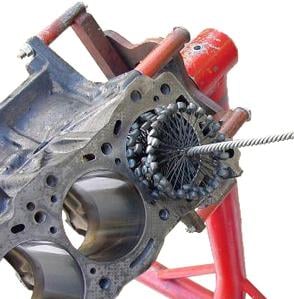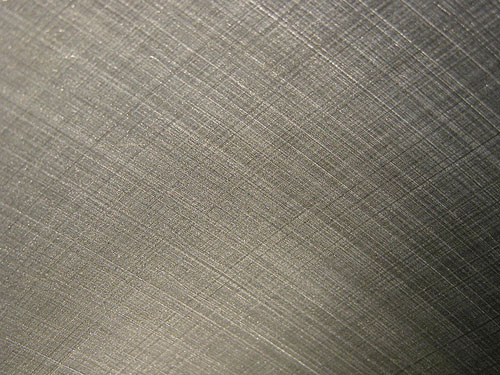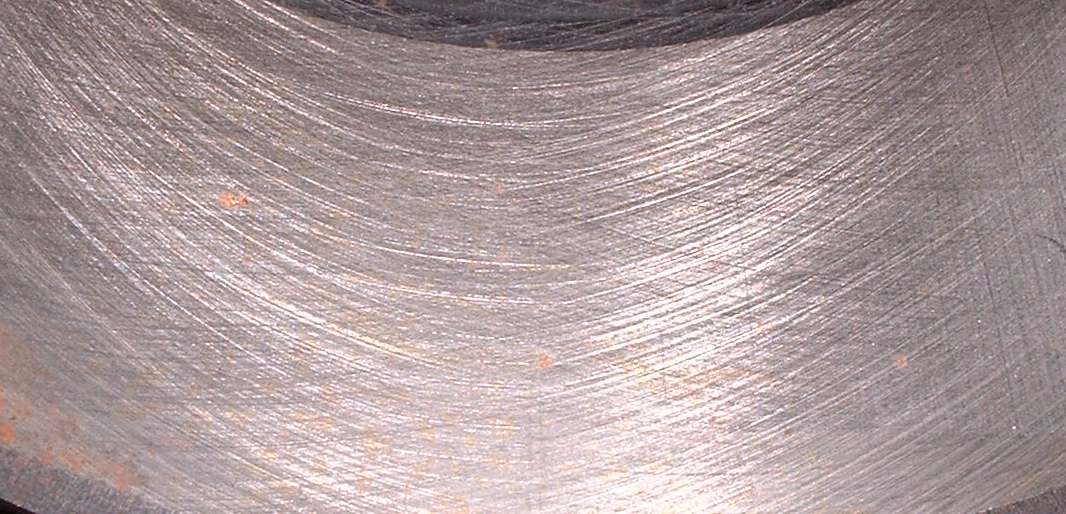Navigation
Install the app
How to install the app on iOS
Follow along with the video below to see how to install our site as a web app on your home screen.

Note: This feature currently requires accessing the site using the built-in Safari browser.
More options
-
Hello there guest and Welcome to The #1 Classic Mustang forum!
To gain full access you must Register. Registration is free and it takes only a few moments to complete.
Already a member? Login here then!
You are using an out of date browser. It may not display this or other websites correctly.
You should upgrade or use an alternative browser.
You should upgrade or use an alternative browser.
Cylinder Honing
- Thread starter rsalway
- Start date
daveSanborn
Active Member
Yep.
It shouldn't take more than a minute to do each cylinder as the stones will work fast. Slide the stones/tool up and down in the cylinder such that they spend an equal amount of time on the walls surface.
Have you mic'ed the cylinder walls? Is there a ridge at the top of the cylinder?
It shouldn't take more than a minute to do each cylinder as the stones will work fast. Slide the stones/tool up and down in the cylinder such that they spend an equal amount of time on the walls surface.
Have you mic'ed the cylinder walls? Is there a ridge at the top of the cylinder?
blue65coupe
Well-Known Member
Smooth and steady. Don't let it sit in one place. Just be constant. You can run it pretty quick. I used a spray bottle with some diesel fuel and sprayed it as I was honing.
daveSanborn
Active Member
No ridge tells you a lot, but it still should be mic'ed as the lower edge of the cylinders could wear more than the uppers.
AzPete
Well-Known Member
Also, do not let the stones come out of the cylinder very far. Past the center pivot point on the stones and they may flop over and can screw up the top or bottom edges of the cyl.
camachinist
Member
Here's what I use in the shop, mainly on hydraulic cylinders. It's a rigid cylinder hone made by Sunnen:

Here's what I use to freshen up the bores on the race car engine when installing a new ring package. Use of this tool presumes an otherwise round and untapered bore. It's called a Flexhone:

This is what the pattern should look like:

Note the near 90 degree angles. Use a proper honing lubricant when honing and flush/recirculate it thoroughly. I use Sunnen MB-30. Your job may end up looking more like this:

I usually maintain a rotational speed of 800 rpm or so, based on a 4" bore size, a little faster with the flexhone. Good luck
Here's what I use to freshen up the bores on the race car engine when installing a new ring package. Use of this tool presumes an otherwise round and untapered bore. It's called a Flexhone:

This is what the pattern should look like:

Note the near 90 degree angles. Use a proper honing lubricant when honing and flush/recirculate it thoroughly. I use Sunnen MB-30. Your job may end up looking more like this:
I usually maintain a rotational speed of 800 rpm or so, based on a 4" bore size, a little faster with the flexhone. Good luck
Last edited by a moderator:
66gt350
Active Member
Like Pat (Camachinist), I've always just used a flex hone to put a new cross hatch in the cylinder wall. When using the flex hone, when the upper balls come out of the cylinder, it has a tendency to fling oil everywhere. For the lubricating oil, I've used tranny fluid with good results.
camachinist
Member
Tip: If you find the 90 degree angles aren't being achieved, slow down your hone speed, utilizing the same dwell speed. Be careful if increasing dwell speed, as noted by another poster, to not overcenter the stones. Also, with your hone type, be careful at the bottom of the bore, as the stones may overcenter and hit the main webbing, damaging them. I would suggest having an extra stone set on hand. Grit is determined by the ring package you're using.
Also, because of the focused stone area of your hone, more coolant application may be required, both to maintain temperature as well as to flush debris from the stones. I usually hone on a jig positioned in my APW (parts cleaner) area, but a couple garbage bags or some sheet plastic stretched out serves as an adequate screen. Oil will go everywhere. After, I'd recommend a thorough cleaning in a hot parts cleaning tank like my APW and then further cleaning of the bores with lint-free cloths/paper soaked with clean motor oil. I've had good luck with regular (good quality) paper towels. When they come back looking like clean oil, you're good to go.
Also, because of the focused stone area of your hone, more coolant application may be required, both to maintain temperature as well as to flush debris from the stones. I usually hone on a jig positioned in my APW (parts cleaner) area, but a couple garbage bags or some sheet plastic stretched out serves as an adequate screen. Oil will go everywhere. After, I'd recommend a thorough cleaning in a hot parts cleaning tank like my APW and then further cleaning of the bores with lint-free cloths/paper soaked with clean motor oil. I've had good luck with regular (good quality) paper towels. When they come back looking like clean oil, you're good to go.
